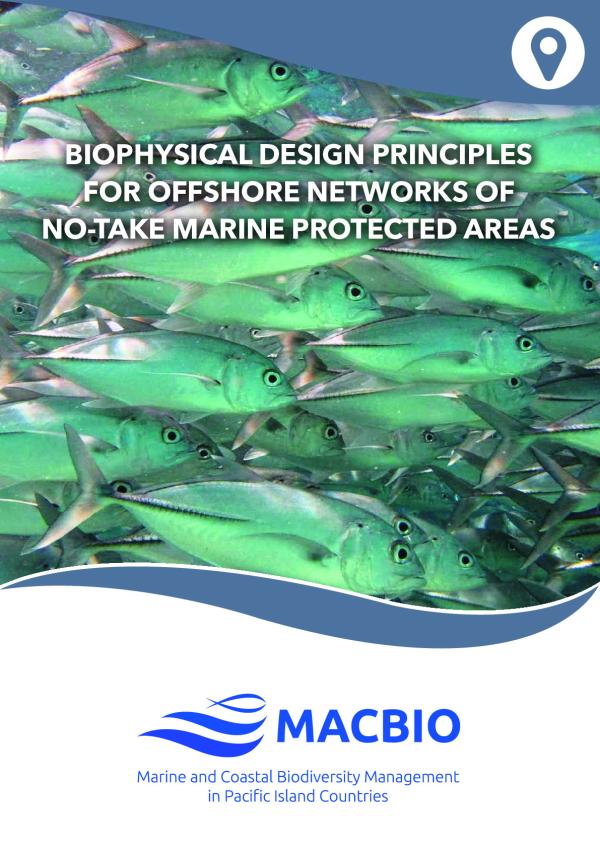Location
SPREP LIBRARY
Publisher
Secretariat of the Pacific Regional Environment Programme (SPREP); IUCN & giz
Publication Place
UNKNOWN
Physical Description:
p 58
Call Number
[EL]
Material Type
Language
English
Record ID:
41752
Legacy PEIN ID:
81849
General Notes
Available online
Available online
Subject Heading(s)
biophysical design principle
coastal habitats and species
bioregion
biodiversity conservation
Abstract
Many types of Marine Protected Areas (MPAs) exist and contribute to sustainable marine resource use, but no-take MPAs, where all extractive activities are prohibited, are the most effective tool managers can use to protect marine ecosystems from destructive and unsustainable extractive human activities. No-take MPAs have been widely advocated and implemented in coastal seas all over the world. The success of MPAs has been significantly enhanced where science-based biophysical design principles or guidelines have been used to assist in the MPAs and MPA network design. Increasingly across the globe, as human pressure is expanding further offshore, some governments have established very large MPAs (>150,000 km 2). In addition to establishing large individual MPAs, some jurisdictions have chosen to declare networks of open-ocean MPAs. Given that most of the ocean is offshore, this is the only way to reach global targets for ocean protection.
Location
SPREP LIBRARY
Publisher
Secretariat of the Pacific Regional Environment Programme (SPREP); IUCN & giz
Publication Place
UNKNOWN
Physical Description:
p 58
Call Number
[EL]
Material Type
Language
English
Record ID:
41752
Legacy PEIN ID:
81849
General Notes
Available online
Record Created: 13-Jul-2018
Record Modified: 23-Feb-2021
